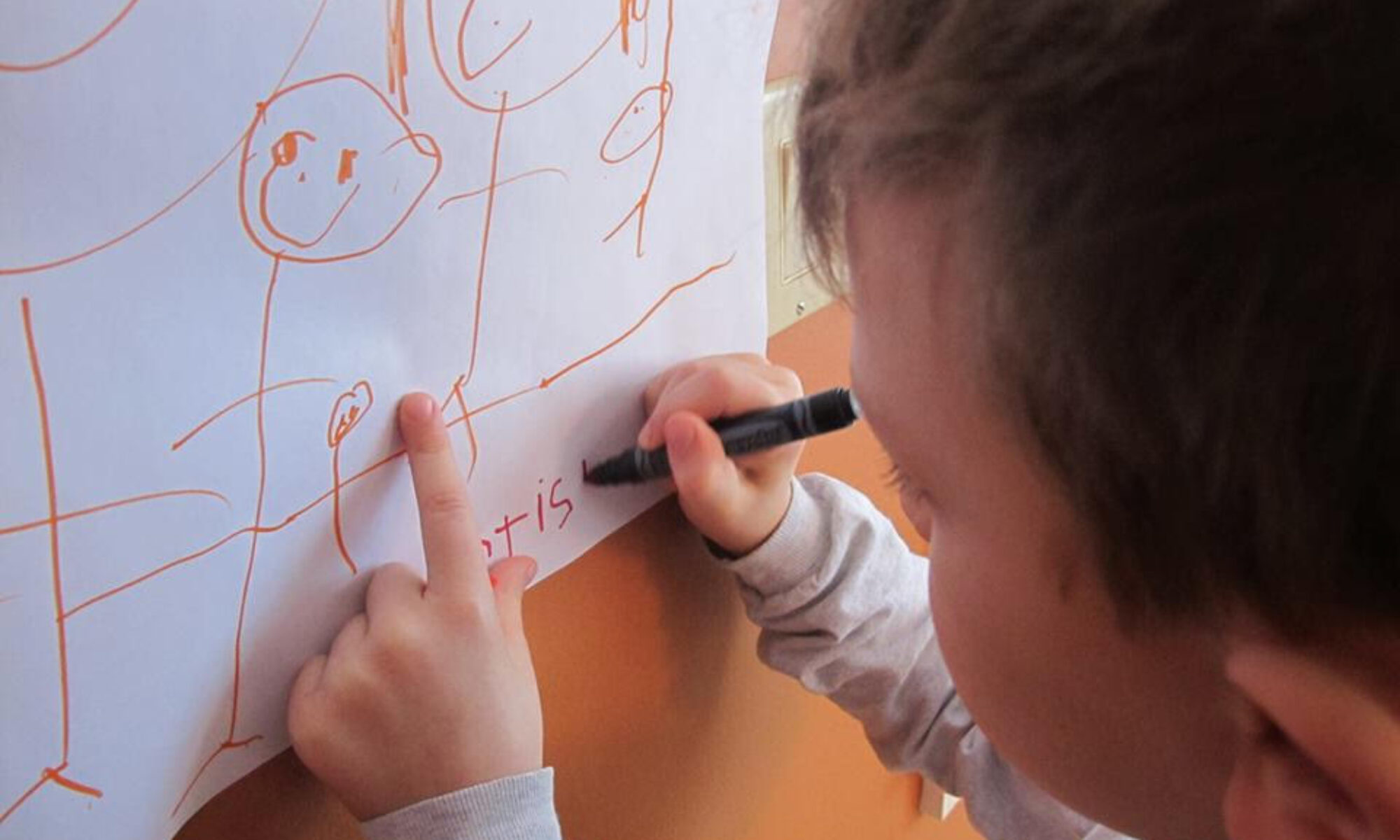Jessica Hoffmann Davis, a leading voice in the field of arts education, offers a set of principles and tools that will be invaluable to advocates already working hard to make the case and secure a strong place for the arts in education. She also reaches out to those who care deeply about education but have yet to consider what the arts uniquely provide. Jessica has published and lectured extensively on the role and promise of arts learning. She draws not only on her own and other current research, but also on personal experience as a visual artist, writer, and educator. Enriched by these various sources, her popular book, Why Our Schools Need the Arts (Teachers College Press, 2008), proposes a new and unapologetic approach to advocacy for the arts in education. A sequel, Why Our High Schools Need the Arts, (2011) , considers the alarming drop out rate in American High Schools and the potential of the arts to make a difference on that front.
BOOKS by Jessica
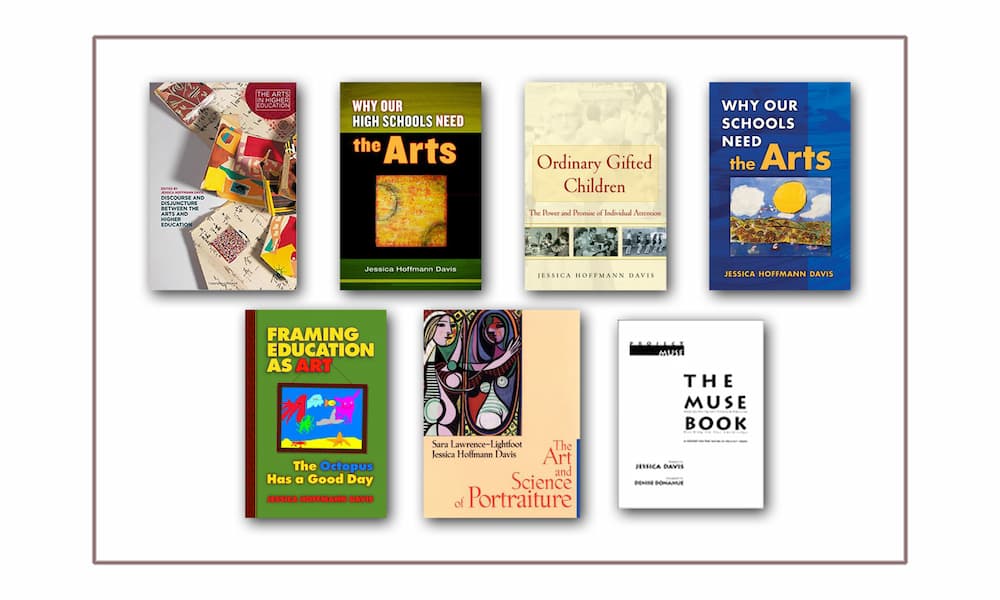
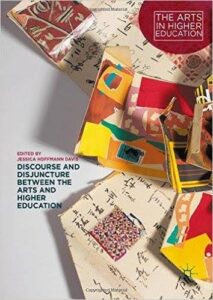
Discourse and Disjuncture Between the Arts and Higher Education
This accessible and compelling collection of faculty reflections examines the tensions between the arts and academics and offers interdisciplinary alternatives for higher education. With an eye to teacher training, these artist scholars share insights, models, and personal experience that will engage and inspire educators in a range of post-secondary settings. The authors represent a variety of art forms, perspectives, and purposes for arts inclusive learning ranging from studio work to classroom teaching to urban settings in which the subject is equity and social justice. From the struggles of an arts concentrator at an Ivy League college to the challenge of dual identities as artists and arts educators, the issues at hand are candid and compelling. The examples of discourse ranging from the broad stage of arts advocacy to an individual course or program give testimony to the power and promise of the arts in higher education.
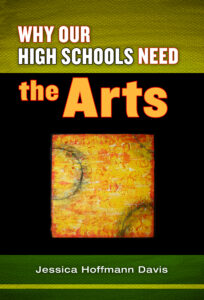
Why Our High Schools Need the Arts
In this follow-up to her bestselling book, Why Our Schools Need the Arts, Jessica Hoffmann Davis addresses the alarming drop-out rate in our high schools and presents a thoughtful, evidence-based argument that increasing arts education in the high school curriculum will keep kids in school. Davis shares compelling voices of teachers and their adolescent learners to demonstrate how courses in the arts are relevant and valuable to students who have otherwise become disenfranchised from school. This important book points the way toward rescuing the American high school from inside out by insuring that all students benefit from the compelling and essential learning opportunities that the arts uniquely provide.
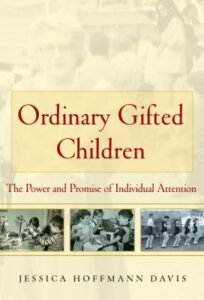
Ordinary Gifted Children: The Power and Promise of Individual Attention
A personal story of a home that was a school and a mother who was the principal. School director Ann Hoffmann embraced students whom other schools had failed, and helped them not just to learn, but to learn to love learning. This moving portrait will resonate with anyone who has known or been a champion of children. From the back cover: “… a book about the kind of education every child deserves … Teachers and parents will draw powerful lessons from this beautiful book.” – Sara Lawrence-Lightfoot, Emily Hargroves Fisher Professor of Education, Harvard University and author of Balm in Gilead, Respect, and The Third Chapter
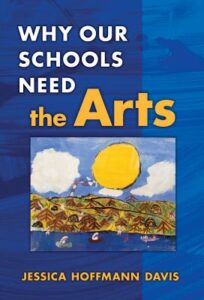
Why Our Schools Need the Arts
This inspiring book leads the way to a new kind of advocacy—one that stops justifying the arts as useful to learning other subjects, and argues instead for the powerful lessons that the arts, like no other subject, teach our kids. Jessica Hoffmann Davis, a leading voice in the field of arts education, offers a set of principles and tools that will be invaluable to advocates already working hard to make the case and secure a strong place for the arts in education. She also reaches out to those who care deeply about education but have yet to consider what the arts uniquely provide. This book is for anyone willing to brave a new terrain in which the arts are finally embraced without apology!
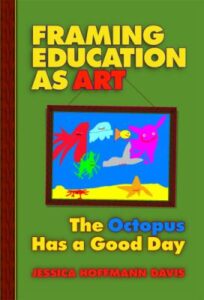
Framing Education as Art: The Octopus has a Good Day
Champions the arts as essential to the K–12 educative process. Exploring apparently oppositional approaches to the arts and their role in education, it provides both an overview of arts learning in and out of school as well as a set of “artful” lenses through which to regard non-arts teaching and learning. With strong implications for practice, the work celebrates inquiry and multiple perspectives as it explores a range of reflections on art, artistry, artists, art education, and the methods and results of arts-related educational research.
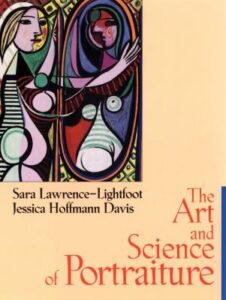
The Art and Science of Portraiture (co-authored with Sara Lawrence-Lightfoot)
A landmark contribution to the field of research methodology, this remarkable book illuminates the origins, purposes, and features of portraiture – placing it within the larger discourse on social science inquiry and mapping it onto the broader terrain of qualitative research..
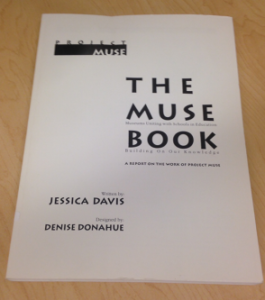
The Muse Book
Project Muse (Museums Uniting with Schools in Education) brought together researchers, museum educators, and classroom teachers in pursuit of open-ended inquiry-based learning tools to support the novice museum-goer. The Muse Book presents these tools, their underlying educational approaches, and rich commentary from the broad range of collaborators.
PLAYS by Jessica
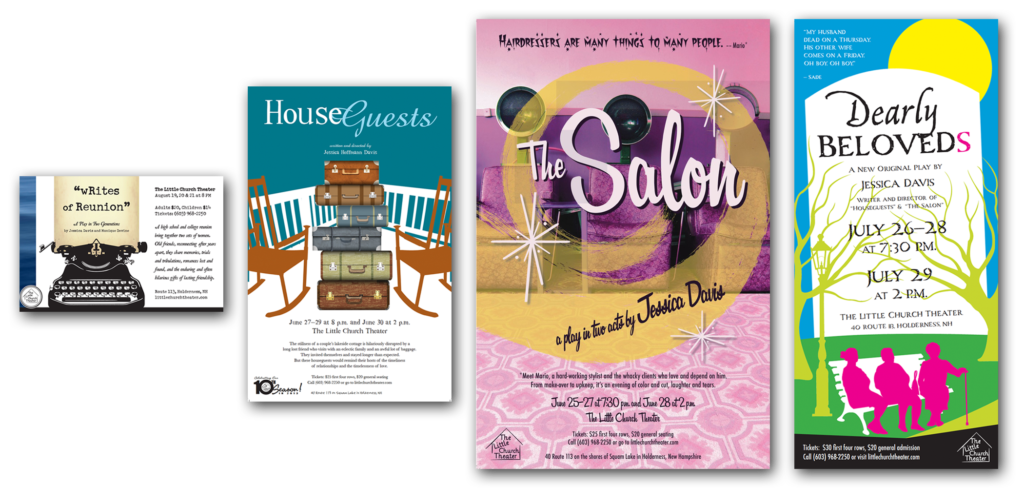
Writes of Reunion
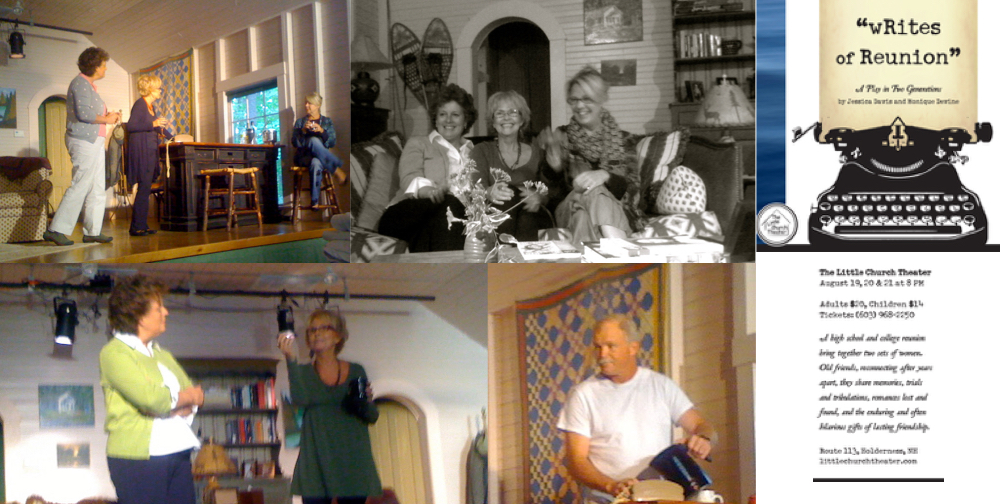
Houseguests
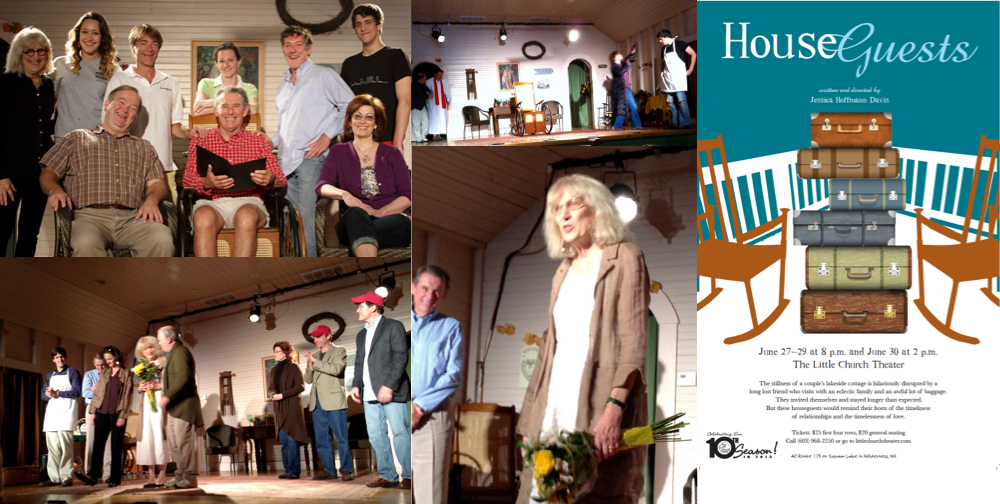
The Salon
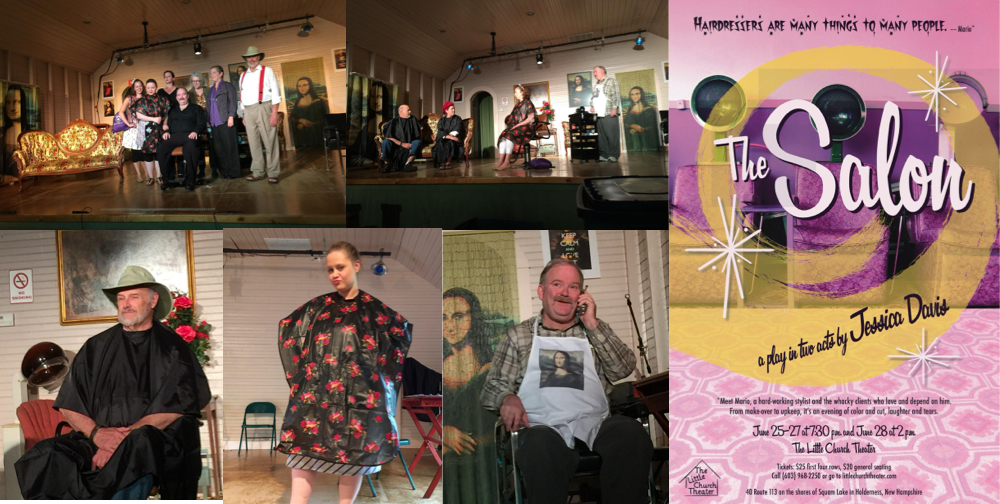
Dearly Beloved
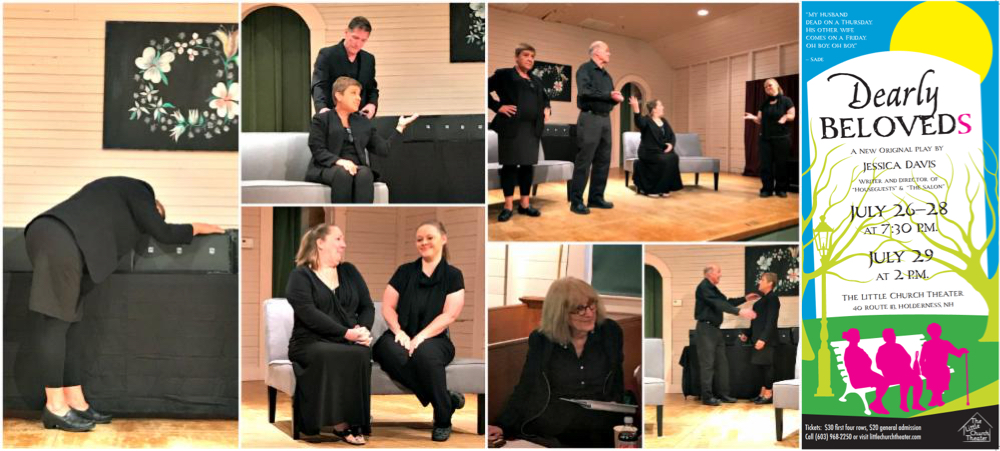
ARTICLES
A representative list of publications grouped below under: arts learning, arts advocacy, artistic development, community arts education, and learning in the art museum.
ARTS LEARNING
-
- On Children’s Creativity: Defying Expectation, p. 27-35 in Learning Landscapes’ Creativity, Insights, Directions, and Possibilities, Autumn 2012, Vol. 6, No. 1
- Intrinsic value: The arts in the high school curriculum in Visual Inquiry: Learning & Teaching Art, Volume 1, issue 2, May 2012
- Book Review: The International Handbook of Research in Arts Education. (Ed.) L. Bresler for the AERA journal, Arts and Learning Research, Vol. 23, No. 1, pp. 93-100 (2007).
- Redefining Ratso Rizzo: Learning from the arts about process and reflection in Phi Delta Kappan, Ed. E. Eisner. Sept. 2005. Vol 87 #1pp. 11-18.
- Greenwood Dictionary of Education. (Ed) Arts Education terms. Collins, J. (2004 and review in press)
- Balancing the Whole: Portraiture as Methodology. Chap. in Qualitative Research in Psychology, Expanding Perspectives in Methodology and Design, Rhodes and Yardley, Ed.s (2003), APA books.
- Passion and Industry: Schools that Focus on the Arts (2001) with Ackerman, J., Bernard, R., Brody, A., Gatzambidés, R. Cambridge, MA: President and Fellows of Harvard College.
- Creativity: Who, What, When, Where, with Howard Gardner, Festschrift in Honor of Frank Barron, Ed. A. Montouri, Hampton Press (1996).
ARTS ADVOCACY
-
- In Defense of Failure, Commentary, Education Week (October, 2003) Editorial Projects in Education: Washington D.C.
- That’s Science, That’s Art, Commentary, Education Week (October 2000) Editorial Projects in Education: Washington D.C.
- Nowhere, Somewhere, Everywhere: The Arts in Education, Art Education Policy Review, May-June, 1999.
- On Painting with a Young Child, Commentary, Education Week (March 1999) Editorial Projects in Education: Washington D.C.
- Why Must we Justify Arts Learning in Terms of Other Disciplines? Education Week (October, 1996), Editorial Projects in Education: Washington, D.C.
ARTISTIC DEVELOPMENT
-
- Introduction to How Asthma Makes me Feel: A Commemorative Book of Artwork and Essays by Young People with Asthma (1998), AAM, MA.
- U-Shaped Development in Graphic Symbolization: Cultural Implications of the What and the Whether. (July 1997) Human Development, Ed. B. Rogoff, Karger, Paris, London, New York. 40/3/97
- Drawing’s Demise: U-Shaped Development in Graphic Symbolization (Spring 1997) Studies in Art Education. Ed. S. McRorie, University of Florida Press.
- Does the U in the U-Curve Also Stand for Universal Some Reflections on Pariser’s Provisional Doubts. (Spring 1997) Studies in Art Education, Ed. McRorie, University of Florida Press.
- The U and the Wheel of C: Development and Devaluation of Graphic Symbolization and the Cognitive Approach at Harvard Project Zero. (1997). Ed. Anna M. Kindler, Child Development in Art Anthology. NAEA publication.
- Why Sally Can Draw. Educational Horizons. Visual Learning: In the Mind’s Eye issue, Ed. Eisner, E. Vol.71, No. 2, Winter 1993.
- The Arts and Early Childhood Education: A Cognitive Approach to the Young Child as Artist, with Howard Gardner, The Handbook of Research on the Education of Young Children, Ed. B. Spodek, Macmillan (1993).
- The Cognitive Revolution in Human Understanding: Its Consequences for the Understanding and Education of the Child as Artist, with Howard Gardner. Ed. R. Smith, The Arts and Aesthetic Knowing, Part II, National Society for the Study of Education Yearbook. University of Chicago Press (1992).
COMMUNITY ARTS EDUCATION
-
- Learning from Examples of Civic Responsibility: What Community Art Centers Teach us about Arts Education (Journal of Aesthetic Education,Vol. 44, No.3, Fall 2010, 82-95)
- Everything Old is New Again: Self-Assessment as Tradition in Community Art Centers. (1998) in Advances in Program Evaluation, Volume 4: Evaluating Art Education Programs in Community Centers: International Perspectives on Problems of Conception and Practice, Ed. Doug Boughton, JAI Press, CT
- The Wheel in Motion: The Co-Arts Plan from Theory to Application and The Final Kit of Assessment Tools. with Solomon, B., Eppel, M. & Dameshek, W.,Cambridge, MA: President and Fellows of Harvard College. (1996). (http://www.pzpublications.com/11.html)
- Another Safe Haven: Portraits of Boulevard Arts Center, then and now. with Eppel, M., Galazzi, M., Gonzalez-Pose, P., Maira, S., & Solomon, B. Cambridge, MA: President and Fellows of Harvard College. (1996) (http://pzpublications.com/9.html)
- Safe Havens: Portraits of Educational Effectiveness in Community Art Centers that Focus on Education in Economically Disadvantaged Communities. in Schools, Communities, and the Arts: A Research Compendium. Prepared by Nancy Welch, Morrison Institute for Public Affairs, National Endowment for the Arts, Washington, D.C., June 1995.
- Assessing the Creative Spirit: Project Co-Arts Looks Beyond School Walls. Alumni Bulletin, Harvard Graduate School of Education, Vol. XXXIX, No.1 Cambridge, MA, December 1994.
- Beyond School Walls: Challenges to Collaborations between Public Schools and Community Arts Centers. Art Education Policy Review, Ed. Carol Fineberg, May–June 1994.
- Safe Havens: Portraits of Educational Effectiveness in Community Art Centers that Focus on Education in Economically Disadvantaged Communities, with Soep, E., Maira, S., Remba, N., Putnoi, D. Cambridge, MA: President and Fellows of Harvard College (1994).
- The Co-Arts Assessment Handbook. Cambridge, MA: President and Fellows of Harvard College (1994).
LEARNING IN THE ART MUSEUM
-
- Abriendo Puertas: Setting the Stage (2003) Consejo Nacional para la Cultura y las Artes (CONACULTA) Mexico
- Metacognition and Multiplicity: The Arts as Agents to Different Hues of Thought (2000) Educational Psychology, Ed. M. Shaughnessy, Yale U Press, CT.
- Museum Games. Teaching, Thinking, and Problem Solving. Ed. Francine Beyer. Vol. 15, Issue 2, 1993. http://www.pzpublications.com/13.html and translated into Spanish http://www.pzpublications.com/14.html
- Open Windows, Open Doors. with Howard Gardner. Museum News. January/February 1993. Ed.Donald Garfield.
- Profiles of Less Frequent Visitors to the Renaissance-Baroque Gallery. in The Visitor’s Voice, The Cleveland Museum of Art (1993).
- Games for Museum-Goers to Play. (Orig. August 1990.) Harvard Project Zero Technical Report #38. Cambridge, MA. (1993).
